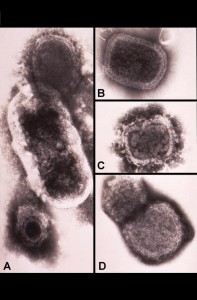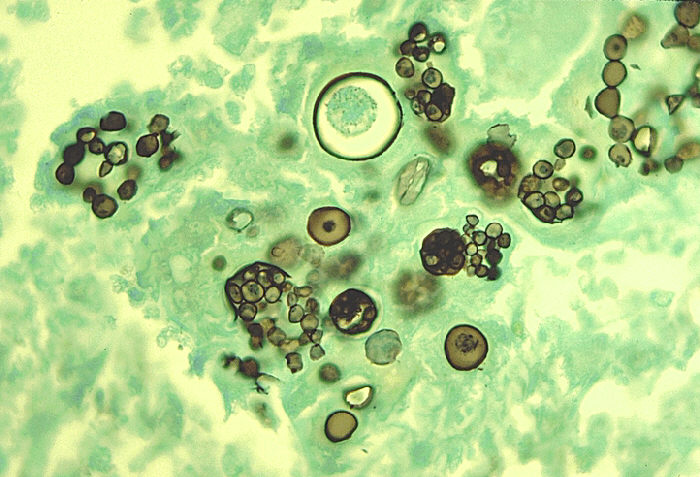Four basic tests are used for identifying bacteria in the lab, these include:
 1. Determination of Morphology
1. Determination of Morphology
- Gram stain (or Ziehl Neelsen stain)
- Colonial morphology on culture plate
2. Biochemical Tests
- Coagulase test
- Catalase test
- Oxidase test
3. Motility test
4. Sugar utilization tests
Morphology
Morphology is determined usually by gram or ZN staining. Gram positive bacteria stain with crystal violet, which is a purple dye and does not decolorize with acetone iodine, while gram negative bacteria are decolorized with acetone iodine and take up the color of subsequent dye i.e. carbol fuschin. This is due to the difference in cell wall structure of these bacteria.
Gram positive bacteria have a thick wall of peptidoglycan while gram negative bacteria have a thin cell wall. Similarly, under microscope some bacteria appear round and oval in shape (cocci) while others are rod shaped (bacilli).
In addition to gram staining, colonial morphology (appearance of colonies of bacteria on culture plate) gives us a hint about the identification of bacteria. Some colonies are round, some are flattened, some appear mucoid and some give alpha or beta hemolysis.
In addition to this, some are lactose fermenting while others are non-lactose fermenting on Mac Conkey’s agar.
Biochemical Tests
Catalase Test
Catalase is produced by some bacteria, which breaks down hydrogen peroxide into water and oxygen. This test is performed from bacterial growth on culture media and is used to differentiate Staphylococci from Streptococci. Staphylococci are catalase positive while Streptococci are negative.
Coagulase Test
It is used to differentiate Staphylococcus aureus from other species of Staphylococci, which are coagulase negative.
Oxidase Test
The organisms producing oxidase will oxidize tetramethyl-p-phenylene diamine to a deep purple colored compound which helps to identify pseudomonas, vibrio and Neisseria species.
Motility Test
This test helps to determine the motility of bacteria. Some bacteria are non-motile but have similar biochemical characteristics as those of motile bacteria. For example, Klebsiella is a non-motile bacteria, whereas Enterobacter is motile, but both have similar biochemical reactions.
Sugar Utilization
Bacteria have the ability of fermenting or breaking down the carbohydrates and alcohols, and this ability is used in their identification. Carbohydrates and alcohol used in standard sugar tests are lactose, sucrose, glucose, mannitol and maltose. The basic nutrient medium is peptone water, in which sugars are prepared or added and indicator dye is also added, which changes color with the change of pH. Commonly used sugar sets are:
Apart from self made sugar sets, commercially available sets by the name of analytical profile index (API) can also be used.
 howMed Know Yourself
howMed Know Yourself




